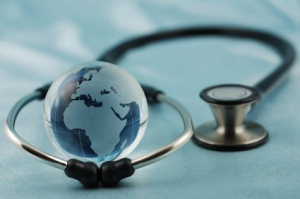“…to recoup business interruption benefits from their insurance companies, we have found certain pieces of hotel data and documents to be extremely useful in our calculations of lost revenues and  profits. The following is a partial list of reports (effective the day of the catastrophic event) that should be gathered and preserved by management:…”
profits. The following is a partial list of reports (effective the day of the catastrophic event) that should be gathered and preserved by management:…”
- Five-year history of competitive position reports (i.e. STR report), including current year-to-date.
- Five-year history of your annual hotel financial statements, including current year-to-date.
- Budgeted performance for the remainder of the current year.
- Budgeted performance for the upcoming year.
- Marketing plan for the current year
- Marketing plan for the upcoming year
- Capital improvement plan – current and future years
- Guaranteed reservations and advance deposit activity.
- Group contracts
- Group booking pace for the next 10 years
(From a Hospitality.net article)  Once the historical performance data is gathered from the documents listed above, the next step is to estimate how the hotel would have performed if the catastrophic event had not occurred. To prepare this forecast, we utilize budget, marketing plan, reservation, and group booking information contained in the secured documents. In addition, we rely on the most recent forecast developed prior to the catastrophic event for the subject property’s market.
Using the market forecast as a baseline for future hotel supply, demand, and revenue conditions within the market for the projection period, we then estimate the market penetration of the subject property based on historical correlations to market performance. This provides us with estimates of the potential rooms revenue the subject property would have earned had the catastrophic event not occurred. From these estimates of hotel rooms revenue, we then prepare projections of net operating income (NOI) using historical hotel financial statements from the subject property, as well as data from our firm’s Trends® in the Hotel Industry database.
The calculation of lost business is derived from the difference between the performance of the subject property estimated under the “no catastrophic event†scenario, and the data from the actual performance of the hotel during the projection period. Estimates can be made for lost room nights, revenue, and hotel NOI.
http://www.hospitalitynet.org/news/154000320/4046598.search?query=hotel+insurance











